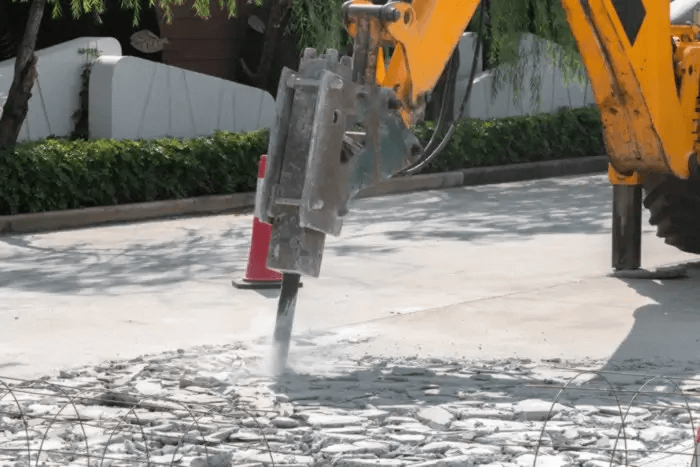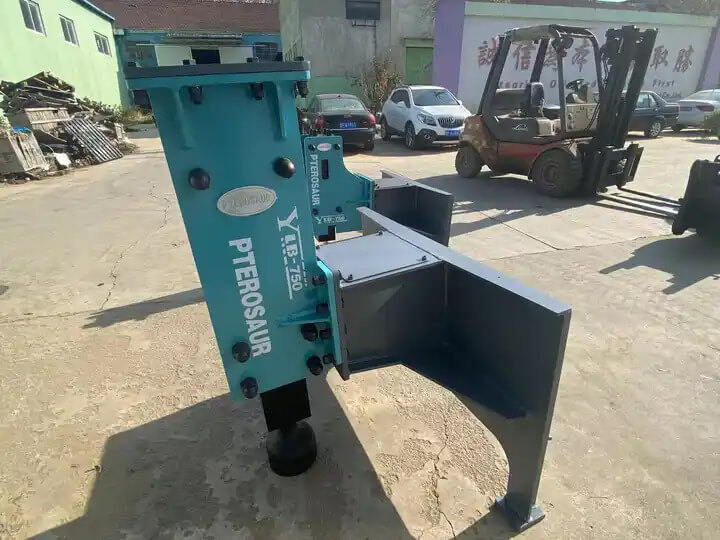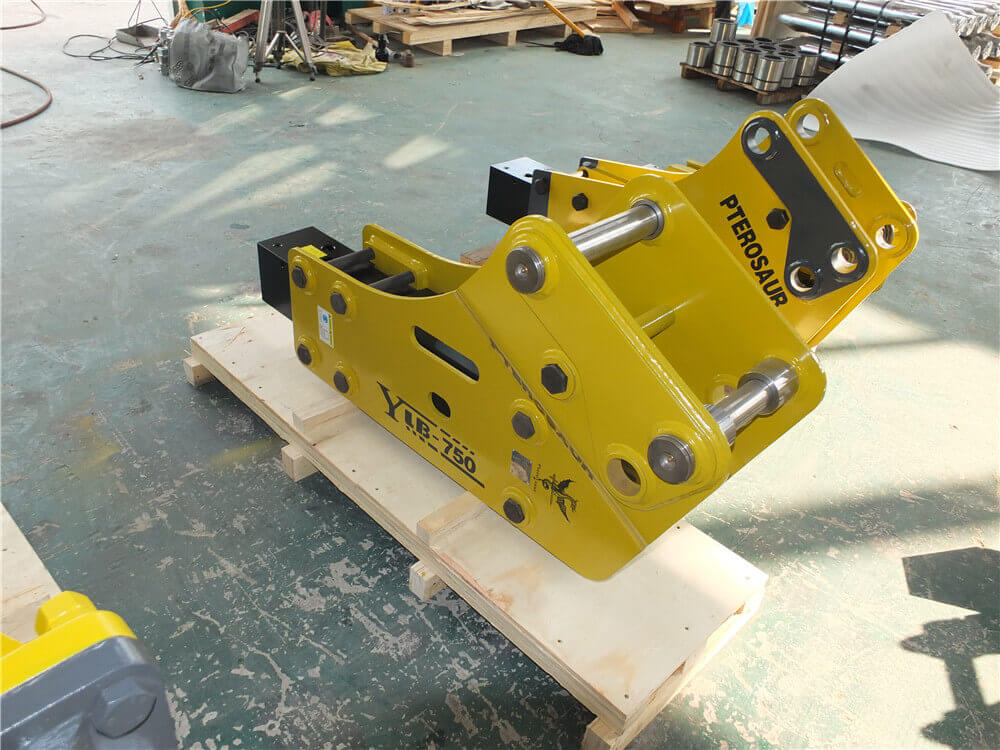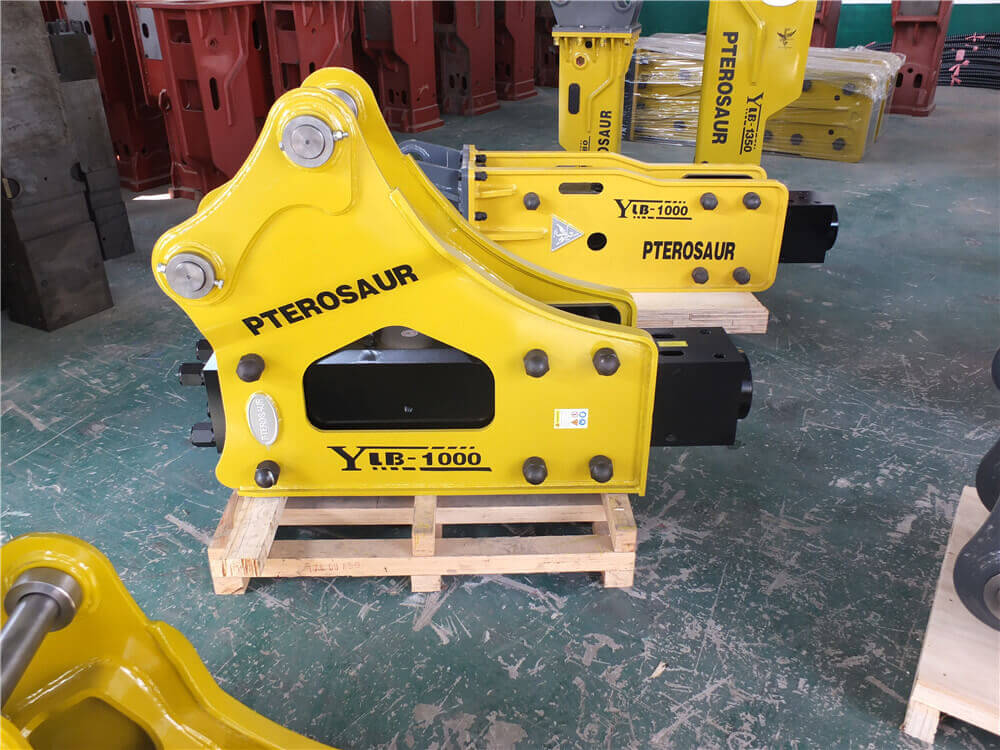
For professionals in construction and demolition, a functional demolition hammer is crucial for efficient operations. However, encountering issues like a demolition hammer not hammering can be frustrating and detrimental to productivity. This article provides insights into the common causes of this problem, troubleshooting steps, and potential solutions, enabling operators to quickly get back to work.
Understanding the Importance of a Demolition Hammer
A demolition hammer is an essential tool used for breaking down materials such as concrete, brick, and asphalt. Its ability to deliver high-impact force makes it indispensable for construction projects. When it fails to hammer, not only does it slow down work, but it can also lead to additional costs and delays.
Common Signs of a Malfunctioning Demolition Hammer
- No impact noise when in operation
- Weak or inconsistent hammering action
- Excessive vibration or unusual sounds
- Failure to penetrate the material
Key Reasons Why Your Demolition Hammer is Not Hammering
1. Insufficient Power Supply
Symptoms: Weak impact or no hammering at all.
Causes: The power supply may not be adequate due to low battery voltage (for electric models) or insufficient hydraulic pressure (for hydraulic models).
Solution:
- For electric models, check the battery and connections.
- For hydraulic models, inspect the hydraulic system for leaks or blockages.
2. Air or Hydraulic Pressure Issues
Symptoms: Inconsistent hammering or complete failure to hammer.
Causes: Low air pressure in pneumatic systems or low hydraulic fluid levels in hydraulic systems.
Solution:
- Ensure the air compressor is functioning properly and delivering the required pressure.
- Check hydraulic fluid levels and inspect hoses for leaks.
3. Worn or Damaged Chisel/Tool
Symptoms: Dull or damaged chisels leading to ineffective hammering.
Causes: Normal wear and tear or improper use.
Solution:
- Inspect the chisel for signs of wear, and replace it if necessary.
- Ensure you are using the correct type of chisel for the material being worked on.
4. Internal Component Failure
Symptoms: Unusual noises or the hammer not striking at all.
Causes: Damage to internal components, such as the piston, seals, or valves.
Solution:
- Open the hammer casing to inspect internal components.
- Replace damaged parts, ensuring that all components are properly lubricated and functioning.
5. Electrical Issues
Symptoms: Hammer will not power on or hammer.
Causes: Faulty wiring, blown fuses, or malfunctioning switches.
Solution:
- Inspect electrical connections for damage.
- Check and replace any blown fuses or faulty switches.
Troubleshooting Steps
To diagnose and fix a demolition hammer that is not hammering, follow these steps:
- Power Check: Ensure that the tool is receiving the correct power supply.
- Fluid Levels: For hydraulic hammers, check the hydraulic fluid levels and ensure there are no leaks.
- Chisel Inspection: Remove and inspect the chisel for wear or damage.
- Internal Examination: Open the casing to look for internal issues, such as a stuck piston.
- Electrical Inspection: Check wiring, switches, and fuses for any faults.
Troubleshooting Flowchart
Diagram 1: Troubleshooting Flowchart for Demolition Hammer Malfunctions
Preventative Maintenance Tips
To minimize the chances of your demolition hammer failing to hammer, implement the following maintenance practices:
- Regular Inspections: Periodically check the chisel, power connections, and hydraulic components.
- Lubrication: Ensure internal components are well-lubricated to reduce wear.
- Proper Usage: Follow manufacturer guidelines for operation and maintenance.
- Training: Ensure operators are trained on correct usage and maintenance protocols.
Conclusion
Experiencing a demolition hammer not hammering can be a significant setback for construction professionals. By understanding the common causes and solutions, operators can troubleshoot effectively and minimize downtime. Regular maintenance and proper usage will help keep your demolition hammer in peak condition, ensuring it remains a reliable tool on the job site. For additional assistance or specific product inquiries, contact your equipment supplier.
References
- Manufacturer’s Operation Manual
- Hydraulic Systems: Theory and Applications by A. J. Smith
- Pneumatic Tools: Maintenance and Troubleshooting Guide by K. R. Johnson
For further details on troubleshooting and maintenance of demolition hammers, please refer to the specific equipment manuals or consult with your equipment supplier.





